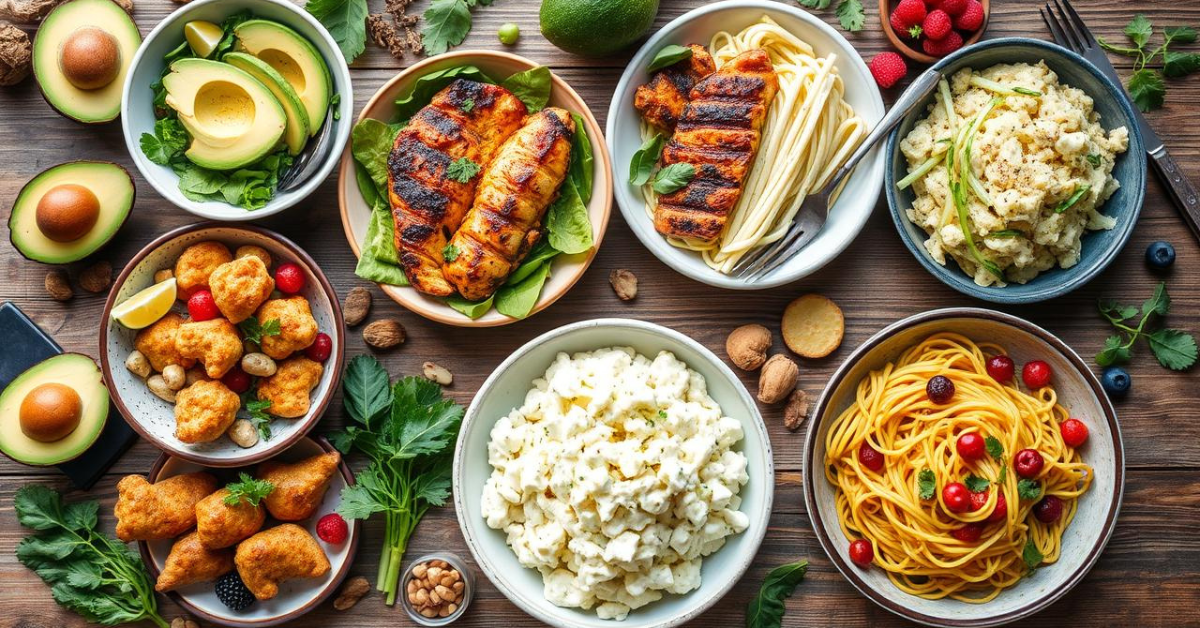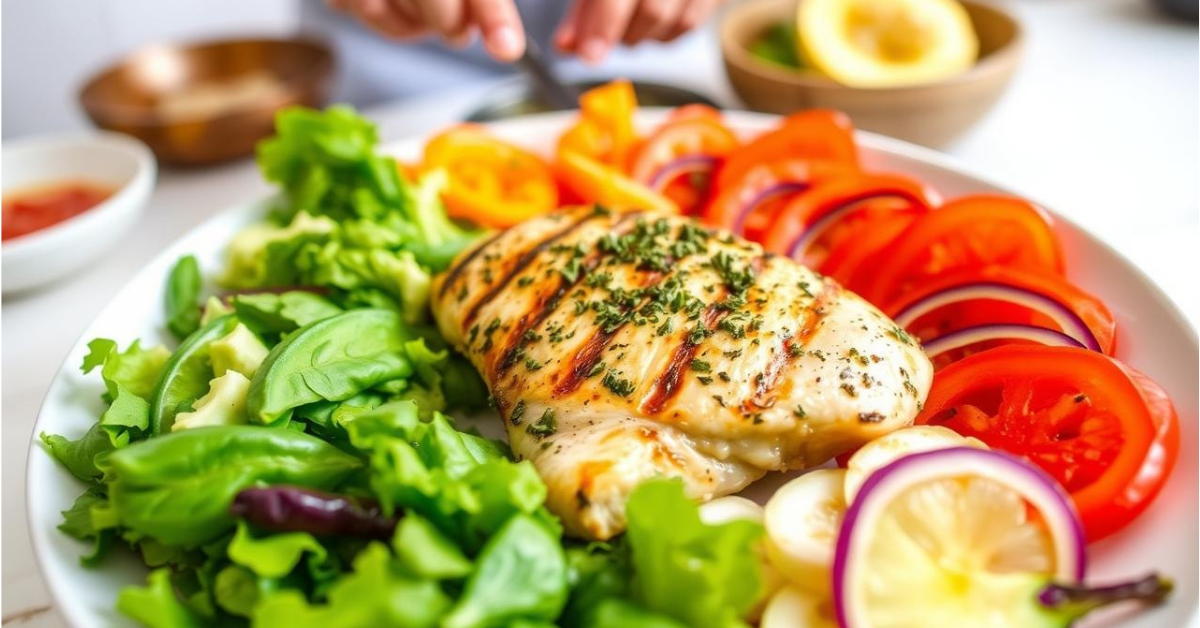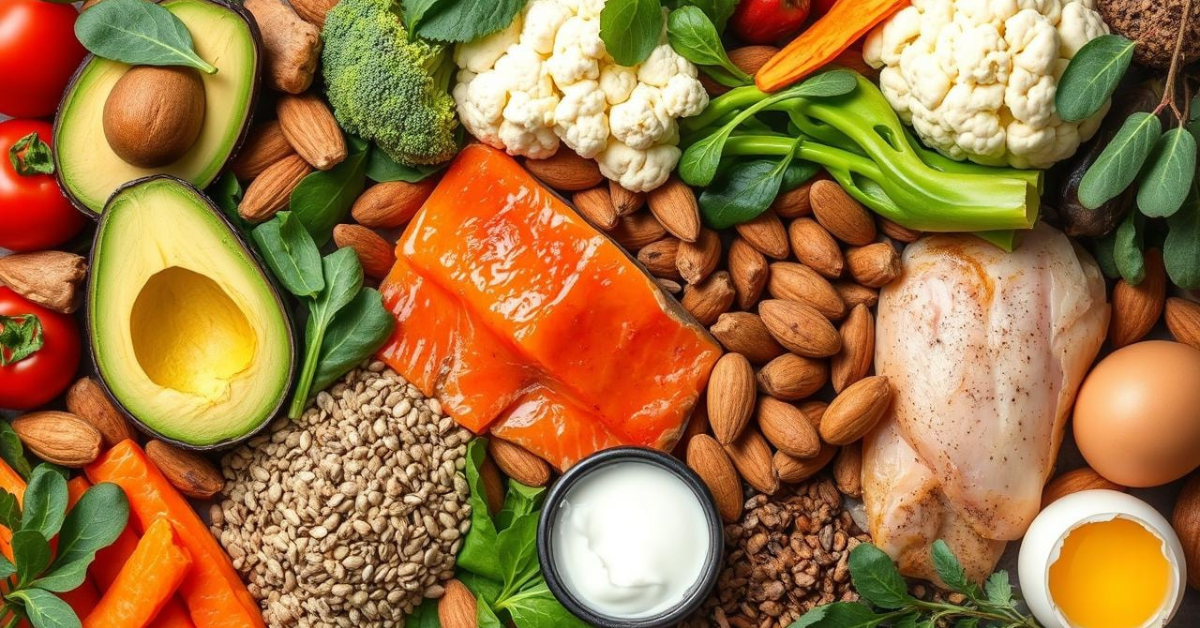
Hi! I’m Margaret!
I bring flavour to your kitchen with easy and tasty recipes!
Latest recipes
Quick search
This is a dummy copy. You’re not really supposed to read this dummy copy.
Mains
This is some dummy copy. You’re not really supposed to read this dummy copy, it is just a place holder for people who need some type to visualize what the actual copy might look like if it were real content.
Get your hands on the delicious and easy-to-follow recipes in my new cookbook!
My latest book

Special occasion
This is some dummy copy. You’re not really supposed to read this dummy copy, it is just a place holder for people who need some type to visualize what the actual copy might look like if it were real content.

Join my newsletter
Get exclusive access to recipes and cooking tips!
Latest videos
This is some dummy copy. You’re not really supposed to read this dummy copy, it is just a place holder for people who need some type to visualize what the actual copy might look like if it were real content.












